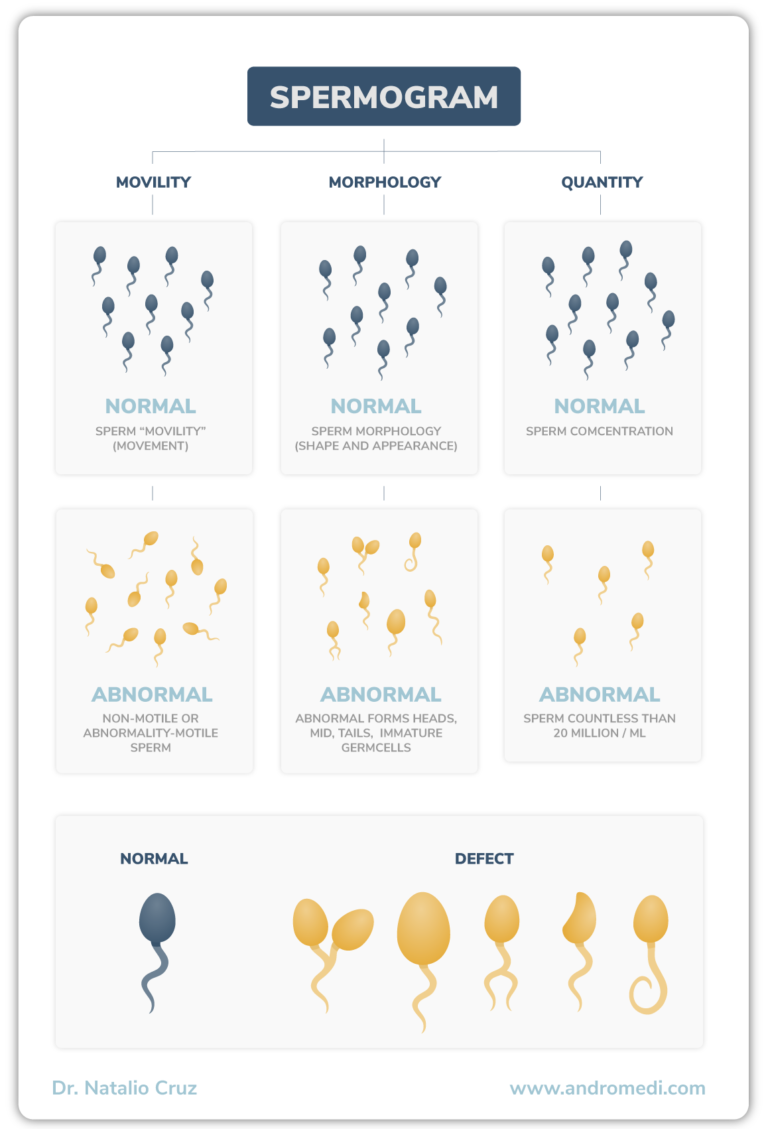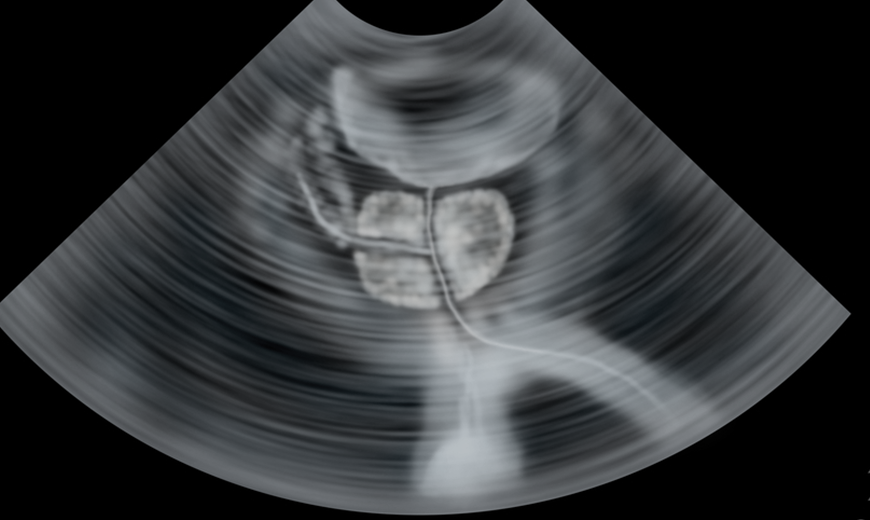
There are specific conditions that the testicles must have to fulfill their normal reproductive function. One of the best known and most interesting to study is testicular temperature. It is fascinating to understand how humans regulate scrotal temperature to ensure the fertility and survival of the species.
The testes function normally only within a temperature range, differing only by 1-3°C from body temperature. Therefore, they must move away from the interior of the body.
Evolution “designed” a pouch, the scrotum, to keep the testicular tissue at a lower temperature. This is because it is not only further away from the warm interior of the abdomen but because contact with the environment cools the scrotum and, therefore, the testicular tissue. During early uterine life, the testes are inside the abdomen and, due to the high body temperature, must migrate to the scrotum to cool down.
Consequently, any factor that elevates scrotal/testicular temperature is associated with infertility. Multiple sociocultural variables can lead to temperature change in this area. Some of these are lifestyle-related; such as clothing, hot water bathing, obesity, occupational external heat exposure. Others have recently been associated with particular activities such as the use of laptops or driving cars.

In addition, the historical decline in sperm count in the last centuries of the population has been studied. All these factors have sparked the interest of hundreds of researchers to investigate this area to corroborate the accuracy of these associations.
Recently, a study published in the scientific journal Human Reproduction clarifies the veracity of the relationship of one of these factors: underwear. In this research, 656 men seeking infertility treatment from 2000 to 2017 were studied. It was evidenced that patients who did not wear tight underwear had higher sperm concentration (25%), higher sperm count (17%), and lower FSH levels (14%) compared to those who wore tight underwear. These factors are parameters that indicate the integrity of testicular function concerning sperm production and maturation.
Tight pants and fertility
This study proves that wearing tight-fitting underwear can modify, to some extent, sperm production and, potentially, fertility. The process that allows the creation and maturation of normal sperm is known as spermatogenesis. FSH is a hormone that, among other functions, allows us to determine whether spermatogenesis is proceeding smoothly. Following these findings, it is hypothesized that damage to testicular tissue caused by tight underwear elevates this hormone as a compensatory mechanism.
The researchers determined that, although the decrease in sperm count is clear, the effect of tight underwear on fertility has not been fully substantiated. Despite the existence of some decrease in sperm count, it does not appear to affect fertility.
Although the analysis published in Human Reproduction found no genetic damage to spermatozoa, other articles that confirm chromosomal abnormalities (aneuploidy) after exposing testicular tissue to high temperatures. The positive effect of cooling the scrotum in patients with oligozoospermia has also been shown to improve sperm motility and morphology.
In fact, there are myths about sperm quality and fertility and men who wore Kilts, traditional Scottish skirts. It appears that they may have had better fertility, according to an anecdotal review of the literature.
It is important to maintain measures that promote sexual health. Therefore, knowing the influence of the clothes you wear is essential for fulfilling your sex life.

Prevention is the best weapon we currently have to combat the pandemic and to avoid all the deleterious effects that this Coronavirus disease generates, so vaccination and other preventive measures continue to be of importance.
References and Bibliography
- Lifestyle factors and male infertility: an evidence-based review Research Gate
- Testicular heating and its possible contributions to male infertility: a review International Journal of Andrology
- Increase in scrotal temperature in laptop computer users Human Reproduction, Volume 20
- Prostate Surgery (en inglés) Intuitive Inc.
- Increase in scrotal temperature in car drivers Human Reproduction, Volume 15
- Type of underwear worn and markers of testicular function among men attending a fertility center | Human Reproduction Oxford Academic (oup.com)
- Experimental mild increase in testicular temperature has drastic, but reversible, effect on sperm aneuploidy in men: A pilot study Science Direct
- Improvement of semen quality by nocturnal scrotal cooling and moderate behavioural change to reduce genital heat stress in men with oligoasthenoteratozoospermia A Jung, M Eberl, and WB Schill
- ‘Real men wear kilts’.. The anecdotal evidence that wearing a Scottish kilt has influence on reproductive potential: how much is true? EJO Kompanje, 2013 (sagepub.com)
BLOG ANDROMEDI
Other articles that may interest you

Laparoscopic surgery for prostate
26 September 2023

Laser prostate surgery
22 November 2021

Impotence, incontinence and other problems after prostate surgery
22 November 2021
Author
Natalio Cruz MD, with 25 years of medical experience, has been until 2016 Head of the Andrology Unit in the Urology Service of the Virgen del Rocío Hospital in Seville, National Coordinator of Andrology in the Spanish Association of Urology (AEU) and General Secretary in the ESSM, positions that he has narrowed to focus squarely on this exciting project of offering a high-level private medical consultation in Marbella, Seville, Madrid and Tenerife.


